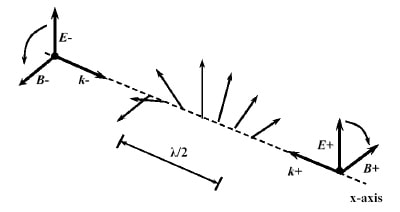Physicists in Canada have proposed a new way to use lasers to probe ultrafast processes in nuclei. Thomas Brabec and colleagues at the University of Ottawa and the Steacie Institute of Molecular Sciences, also in Ottawa, believe their method could allow nuclear events to be imaged on ultrashort timescales (N Milosevic et al. 2004 Phys. Rev. Lett. 92 013002)

The proposal builds on existing techniques in which the electric field in a high-intensity laser beam is used to ionize an atom, and then accelerate the free electron away from its parent ion. When the electric field changes direction, the electron is driven back to the parent ion. An ultrashort pulse of ultraviolet radiation is created when the two re-collide, and this pulse – or the electron itself – can be used to probe events on timescales of attoseconds (10-18 seconds).
At present, the re-collisions are only efficient if the electrons have energies that are lower than about 1 kiloelectronvolt. At higher energies, the Lorentz force due to the magnetic field in the laser beam pushes the electron in the same direction as the laser beam, which means that the electron “misses” its target.
Now, Brabec and colleagues have shown, in theory, that they can eliminate the Lorentz force if they replace the laser beam with a pair of circularly polarized laser beams travelling in opposite directions (see figure). Moreover, they have calculated that the combined electric field of the two lasers can focus electrons with energies as high as megaelectronvolts back onto their parent ions.
“The resulting electron currents are comparable with the currents achievable at large-scale accelerators,” Brabec told PhysicsWeb. “We have shown that these currents are sufficient to excite nuclear reactions. On top of that, the electron pulse is extremely short, and this opens the possibility of making time-resolved measurements on nuclear processes on an attosecond timescale.” In addition to nuclear physics, Brabec and colleagues believe that the idea could be used in any situation where the Lorentz force plays a role, such as in plasmas.



